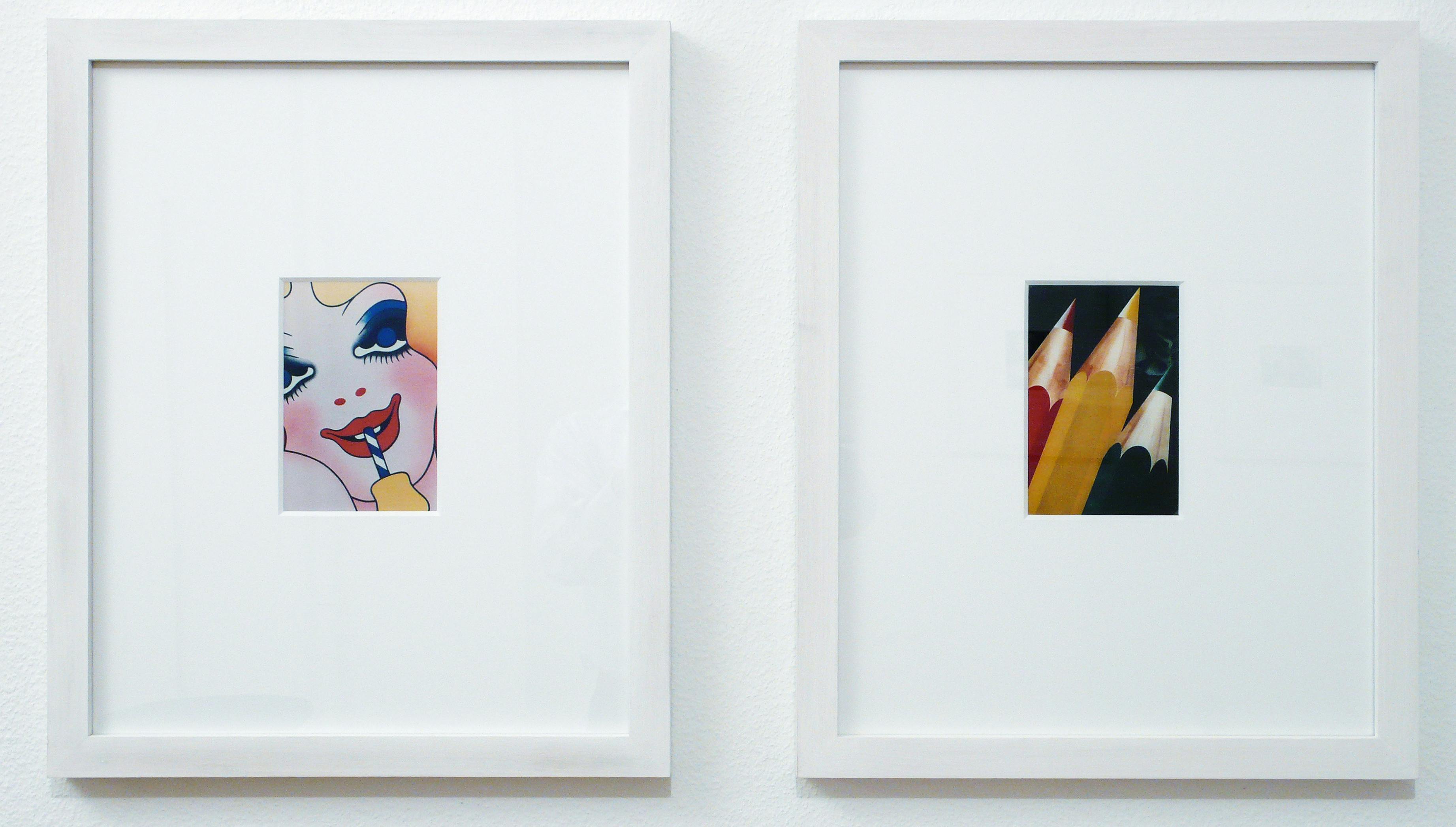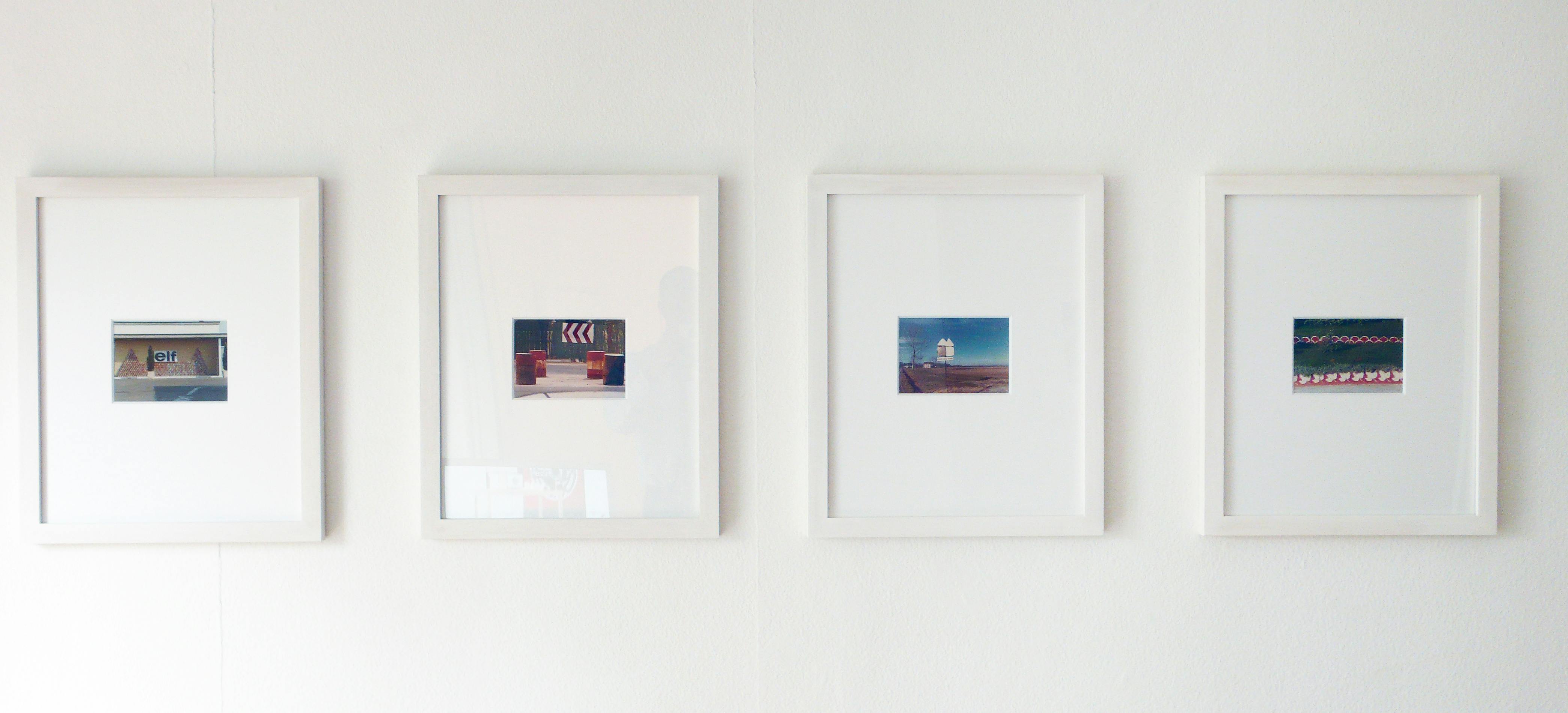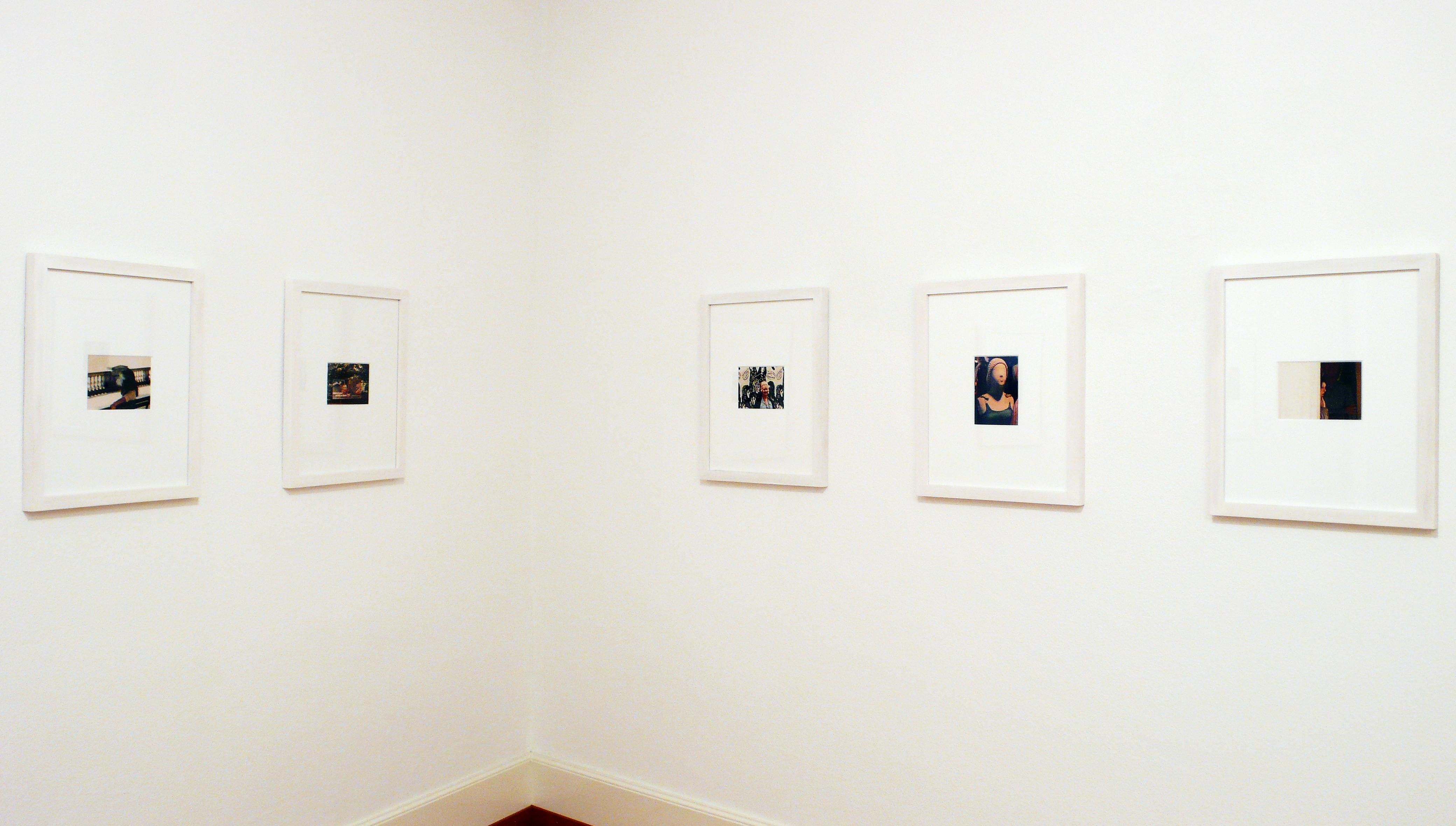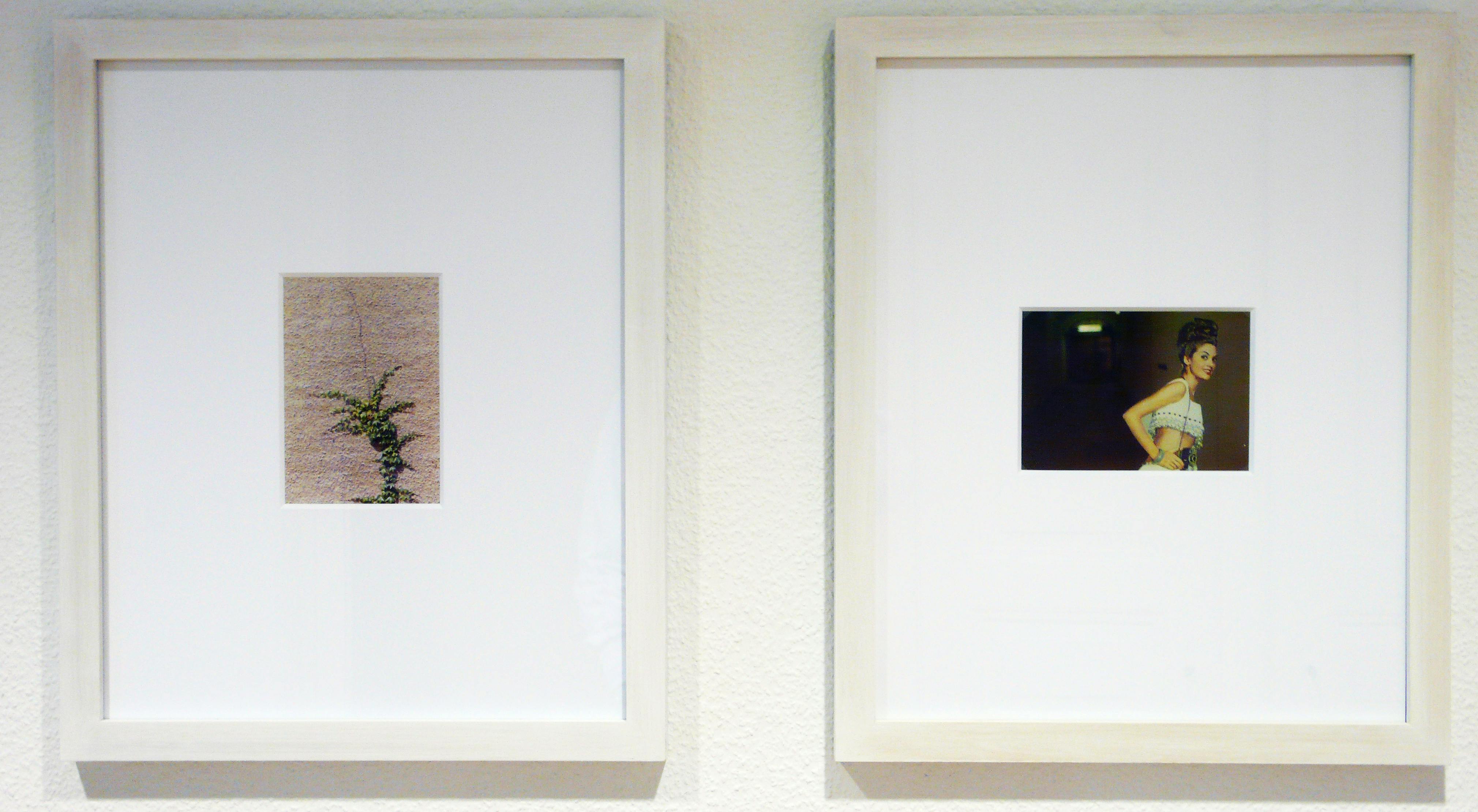We have pleasure in presenting a selection of early prints by the Italian photographer Luigi Ghirri (1943-1992), taken between 1970 and 1980. This is the first exhibition by this outstanding photographer, which consists exclusively of vintage prints, to be held in a gallery in Switzerland.
The photo of the planet Earth taken from space by the crew of Apollo 8 in December 1968 effected a lasting change on our view of the world. "It was a picture of the world, and it contained all the pictures in the world at the same time", wrote Luigi Ghirri in 1978 in a short text on the relationship between photography and reality.
Ghirri regarded his work as a photographer as an attempt to interpret the world through artistic means. To him, photography represented a possibility of approaching this world and examining more thoroughly the things that make up our reality. He was well aware of both the ambiguity of concepts such as reality and the fragmentary character of photography, which can only show incomplete fragments of the world in terms of both space and time. Nevertheless, he regarded the photographic way of seeing and the capturing of things in images as the most suitable way of continuously ensuring the existence of the world in which we live and of expressing something about this world. In 1977, Susan Sontag described photographs as "fragments of the world", as miniatures of reality" in her collection of essays entitled "On Photography", at the same time remarking critically that the photograph, as a small fraction of space and time, encourages a nominalistic view of social reality. Photography turns the world into "a stringing together of unrelated, freely floating particles". Luigi Ghirri, who regarded the fragmentary nature of photography as one of its special qualities, wanted to create a relationship between these freely floating particles: "To me, the eradication of the space that surrounds the specific fragment of the picture is just as important as the image that is being shown; it is through this erasure that the picture acquires its expression, that it can be allotted a category [...] The image invites us to perceive the rest of reality, which is invisible."
Ghirri worked on a genealogy of the world that surrounded him with great curiosity and analytical precision and, at the same time, an almost tender way of perceiving apparently casual and unimportant aspects. Like William Eggleston in the USA, he used his camera to record everyday scenes, landscapes, architecture and things. The result was exceptionally precisely composed pictures that define the typical and the specific in everyday life at one and the same time, and which are atmospherically very condensed and intensive despite their usually small format. From the very beginning, the Italian landscape, and in particular his home region of Reggio Emilia, formed a focal point of his work. This exhibition also shows a representative selection of photographs taken in Switzerland, most of them in the 1970s.
Luigi Ghirri grouped his pictures into thematic series – which do not, however, represent hermetic units – which he would occasionally expand. Frequently, he would put individual photographs into several different series, a clear indication of the importance that he ascribed to seeing things in lively correspondence with one another. Recently, several important monographic exhibitions introducing the work of Luigi Ghirri have been held, for example at Fotomuseum Winterthur in 2001, at the Galleria d’Arte Moderna in Bologna in 2005, and at Aperture in New York in 2008. [Text: Christine Heidemann]









